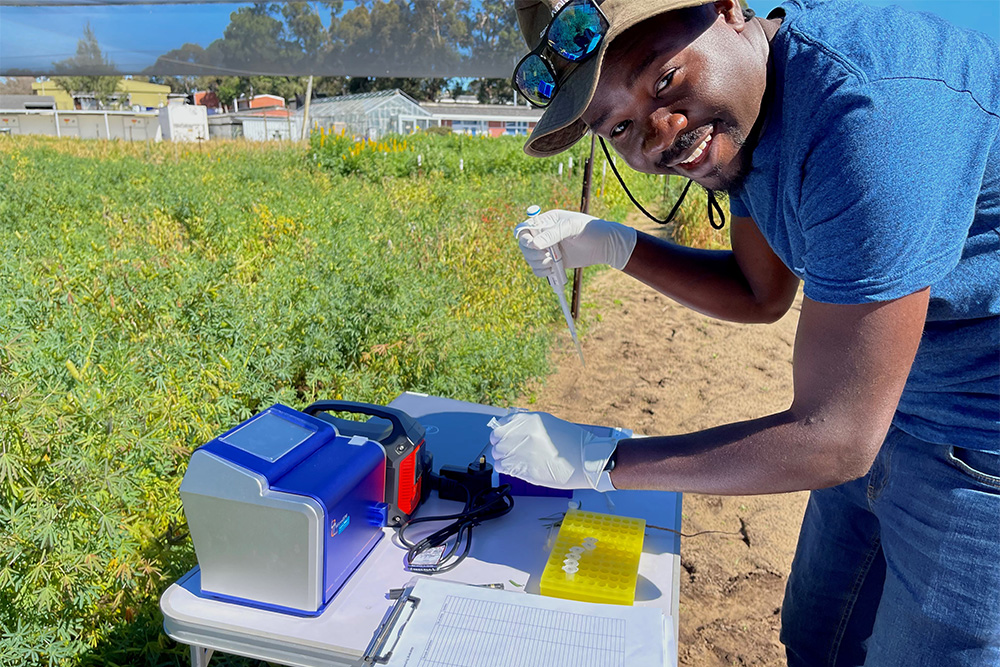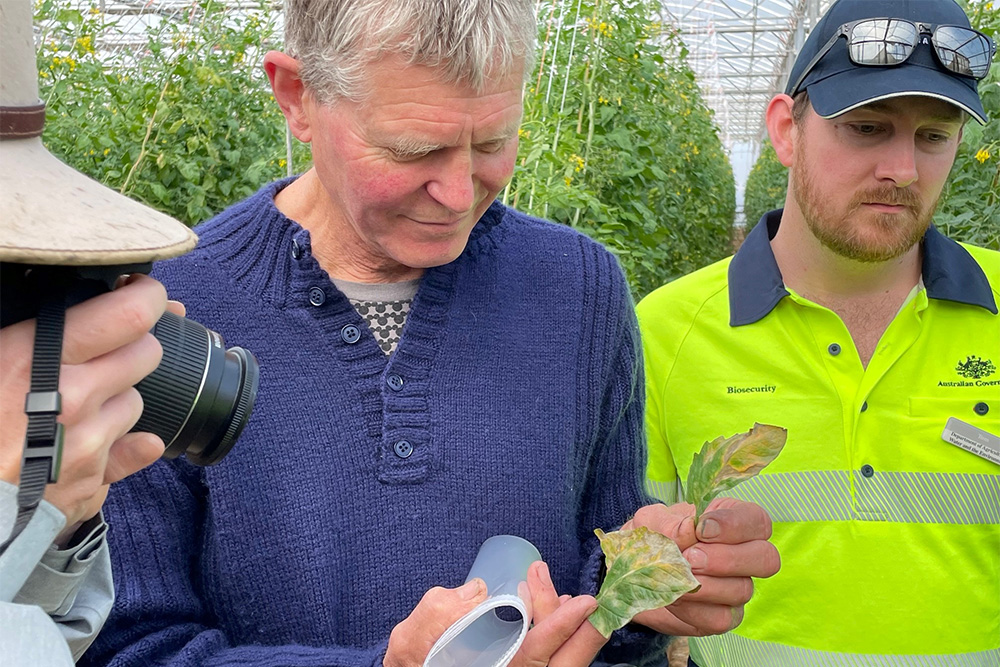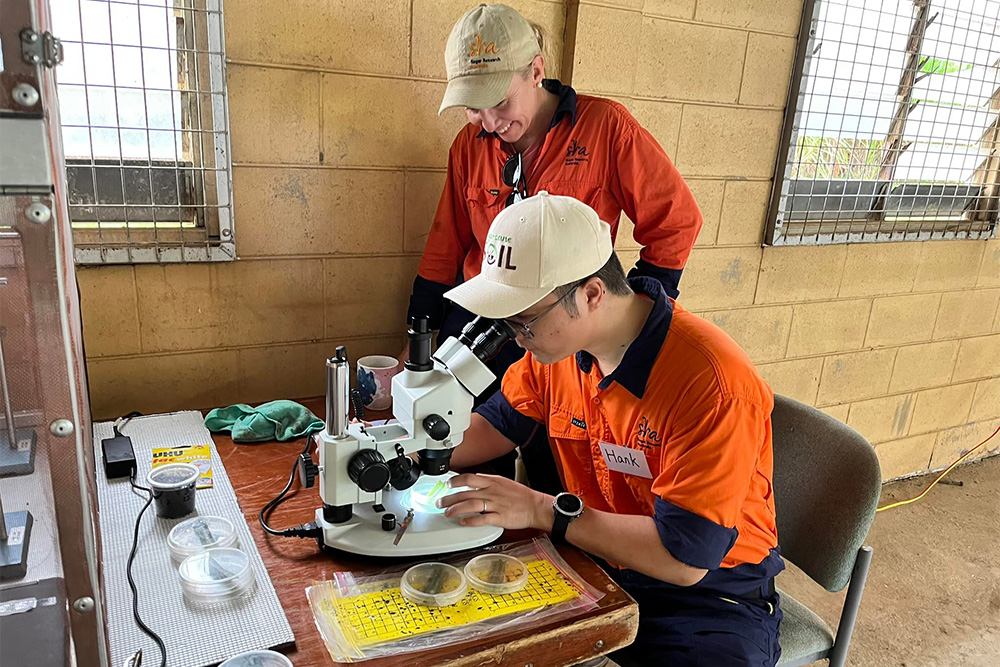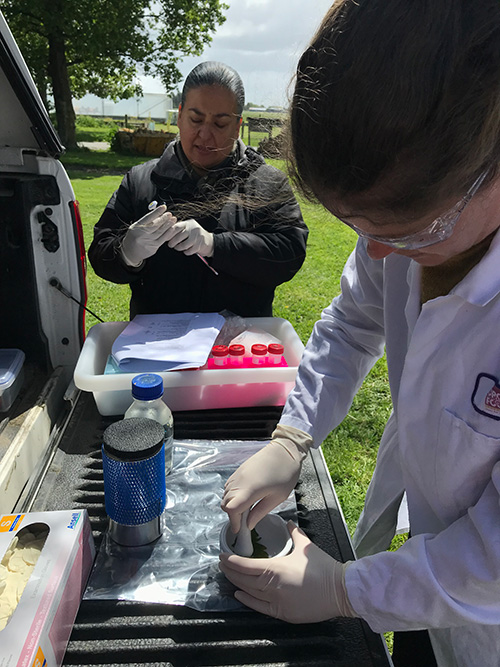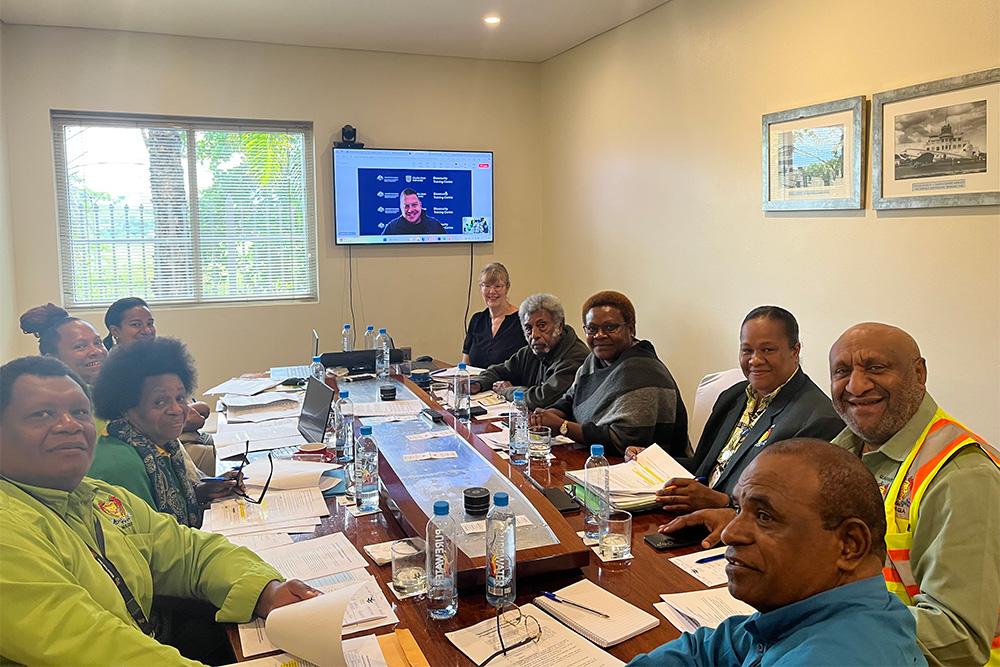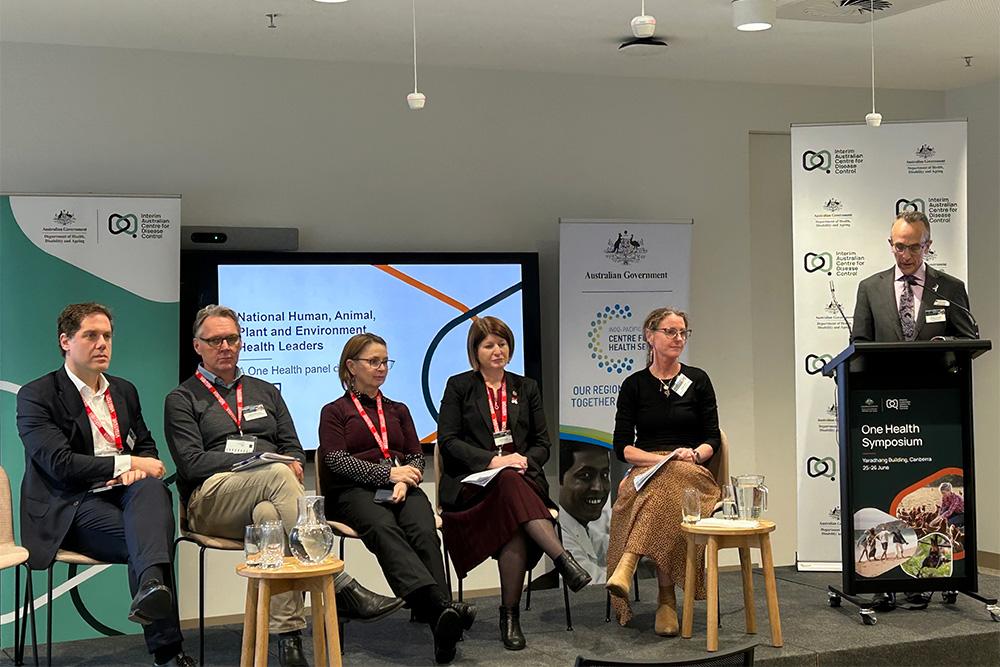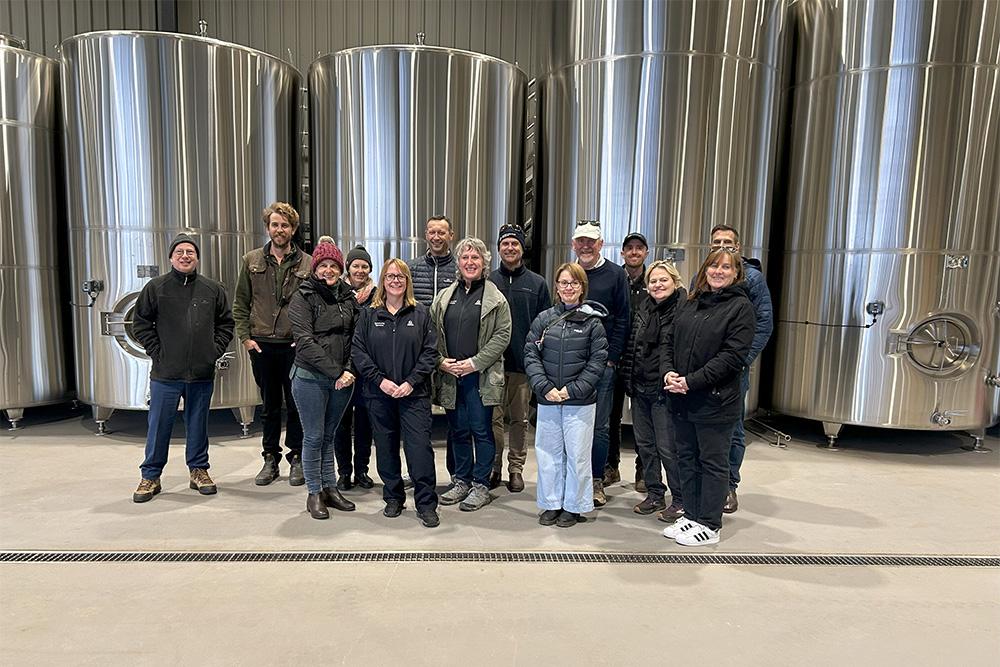Collaboration, technology and innovation is crucial in managing current and emerging biosecurity risks to Australia’s plant production industries.
The Boosting Diagnostic Capacity for Plant Production Industries final report is now available. The project will have significant benefits for plant industries by using the latest technology to improve the ability to identify, trace and manage outbreaks, and ensuring diagnosticians are familiar with the available tools, tests and information resources.
The collaborative project was led by the Grains Research and Development Corporation (GRDC) and partially funded through the department’s Rural Research & Development for Profit program. It brings together a range of projects aimed at building diagnostic capability, advancing diagnostic tests, and informing hands-on stakeholders.
Projects were completed by multiple partners from industry, government and research, emphasising the need for a multifaceted approach to biosecurity and diagnostics.
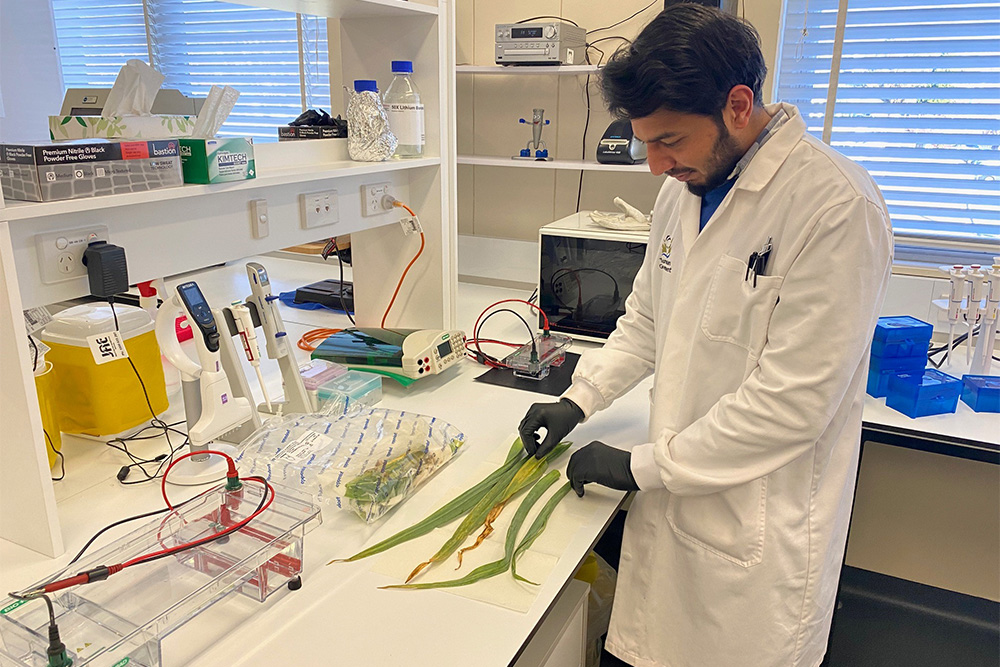
The project targeted National Priority Plant Pests identified by the Plant Health Committee, such as khapra beetle (Trogoderma granarium), Begomoviruses, aphids/mealybugs, yellow canopy syndrome and Fusarium oxysporum spp. to name a few.
If they arrive in Australia, these pests could pose a significant risk to plant production sectors including grain, cotton, sugar, horticulture, viticulture and forestry.
Some of the project outputs include the development of several National Diagnostic Protocols, delivery of workshops, training and field blitz exercises, and the development of educational resources. These outputs will enable faster and more accurate identification of exotic plant pest threats, as well as equipping industry with the tools to manage the risk of high priority plant pests into the future.
This project is supported by Grains Research and Development Corporation, through funding from the Australian Government Department of Agriculture, Fisheries & Forestry, as part of its Rural R&D for Profit program and along with Cotton Research and Development Corporation, Hort Innovation Australia, Wine Australia, Sugar Research Australia and Forest and Wood Products Australia.
A full list of project partners can be viewed in the report.
